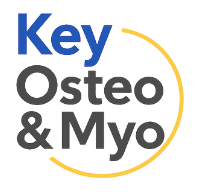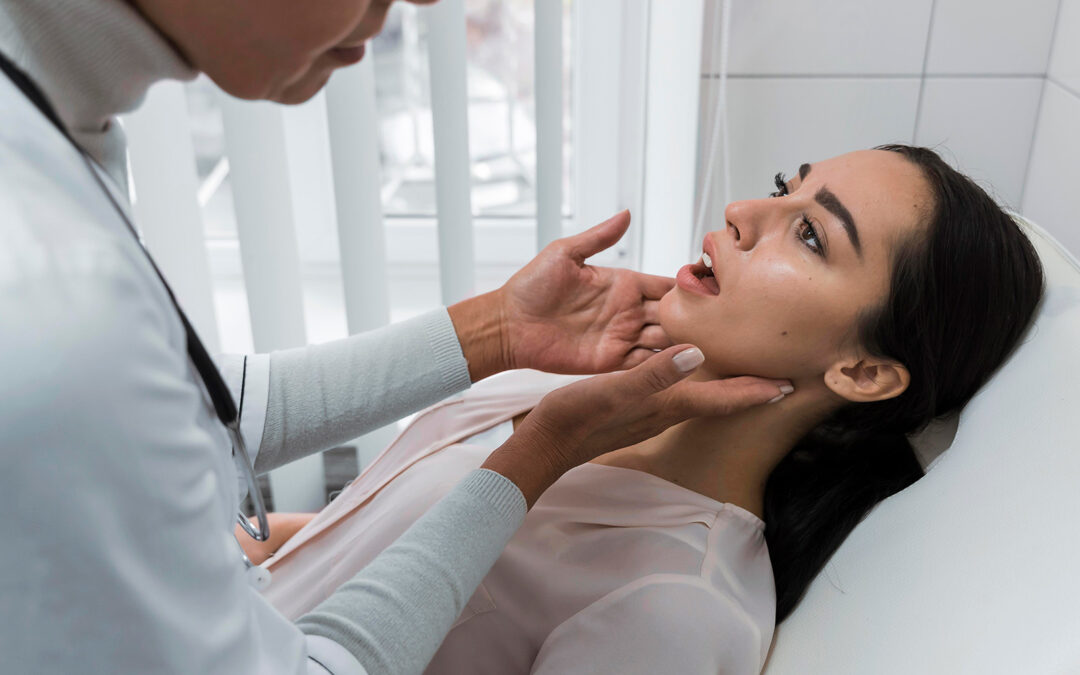What Is TMJ Disorder and Why Does It Persist?
Understanding the temporomandibular joint and its role in jaw function
Common symptoms of TMJ disorder (jaw pain, clicking, headaches, neck pain)
- Jaw pain and tenderness: A constant ache, sharp twinges when chewing, or pain that worsens with stress or fatigue.
- Clicking, popping, or grinding noises: Audible movements when opening or closing the mouth, often linked with joint misalignment or displaced cartilage.
- Headaches and facial pain: Tension across the temples, aching around the cheekbones, or migraine-like symptoms.
- Neck and shoulder stiffness: The jaw is biomechanically connected to cervical muscles, which explains why TMJ issues often create tightness in the neck and shoulders.
- Ear-related symptoms: Earache, ringing in the ears (tinnitus), or a blocked sensation caused by muscle tension around the joint.
Why “permanent cure” is a misleading phrase
At Key Osteopaths, treatment goes beyond chasing symptoms. By addressing the structural imbalances that drive jaw tension and teaching patients how to manage triggers, we create a long-term pathway to relief. If you are tired of flare-ups, recurring pain, or the frustration of “quick fixes” that never last, now is the time to act. Book a consultation with one of our osteopaths and take the first step towards controlling TMJ rather than letting it control you.Anna, Principal Osteopath at Key Osteopaths
Is There a Permanent Cure for TMJ Disorder?
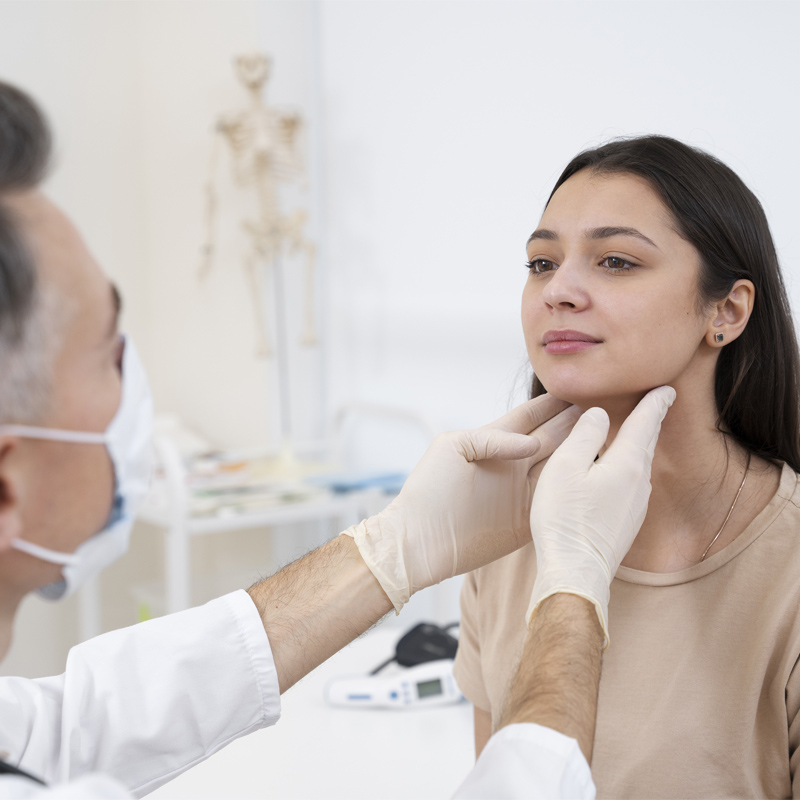
The reality of chronic vs. acute TMJ conditions
Why TMJ management is more realistic than a “once-and-for-all” cure
Evidence-based approaches to reducing symptoms long term
- Osteopathic manual therapy that eases arthralgia and myalgia, improves joint glide, and normalises muscle tone in the masseter, temporalis, medial and lateral pterygoids, with attention to cervical and upper thoracic segments that influence jaw mechanics.
- Intraoral and extraoral myofascial release for trigger points, plus gentle mobilisation when disc displacement with reduction contributes to noise or catching.
- Jaw rehabilitation exercises such as controlled opening with tongue on palate, goldfish partial opening, isometric holds, and Rocabado style six by six routines to retrain coordination and reduce overactivity.
- Posture and ergonomic correction that addresses tech neck, forward head position, and workstation setup, combined with scapular retraction and deep neck flexor training to offload the TMJ.
- Stress and bruxism management using relaxation training, biofeedback, diaphragmatic breathing, sleep hygiene, and bite guard use where indicated in collaboration with a dentist.
- Lifestyle and nutrition support such as softer food phases during flares, reduced repetitive chewing, steady hydration, and anti inflammatory dietary patterns that support muscle recovery.
- Self care during flares including heat or cold, gentle self massage to jaw and temple regions, and short practice blocks of jaw mobility rather than long, fatiguing sessions.
- Outcome tracking with a pain diary and the Jaw Functional Limitation Scale to measure progress and refine the plan.

MEET THE
team
I have seen Anna regularly for a few years and every time I leave the practice I feel relaxed, straighter and pain free. Typically carrying stress in my back,… read more Anna not only treats the area of pain, but has a holistic approach, and gives advice on exercises, stretches, and breathing techniques to take away. She knows just what you need: a specific adjustment after massage to release tension, to a ‘maintenance session’ and five minute relax at the end. Anna has treated the whole family with various injuries and growing pains and I can not recommend her enough!
Professional Treatments for Long-Term TMJ Relief

How osteopathy helps relieve TMJ symptoms and restore function
- Manual therapy and mobilisation to improve joint glide, restore symmetry in opening and closing, and reduce internal derangement.
- Soft tissue release and myofascial work targeting the masseter, temporalis, and pterygoid muscles, which are often hyperactive in bruxism and clenching.
- Cranial and craniofacial techniques that ease tension patterns around the skull base, jaw, and upper cervical spine, supporting better neural and vascular flow.
- Postural correction through gentle spinal adjustments, ergonomic advice, and neuromuscular retraining that reduces load on the jaw during everyday activity.
Manual therapy, posture correction, and cranial techniques
- Joint mobilisation: Gentle techniques that improve the way the condyle glides within the socket, reducing locking or catching.
- Myofascial release: Targeting hypertonic muscles such as the masseter, temporalis, and pterygoids, which are often overloaded in bruxism or clenching.
- Trigger point therapy: Relieving localised knots of tension that refer pain into the jaw, temple, or ear.
- Postural correction: Restoring cervical spine alignment and improving scapular stability to reduce the forward-head posture that loads the TMJ.
- Cranial techniques: Gentle adjustments that release strain patterns around the skull base and craniofacial region, supporting better neurological and vascular balance.
Comparison with other treatments (dentistry, physiotherapy, medication)
- Dentistry: Dentists may provide occlusal splints or night guards to reduce the impact of grinding and protect teeth from enamel wear. These devices can lower the load on the joint but do not address the muscular or postural drivers of TMJ dysfunction.
- Physiotherapy: Physiotherapists often prescribe jaw exercises, stretching, and strengthening routines. This can be highly effective for rehabilitation but may be limited if underlying cervical or cranial strain patterns are not addressed.
- Medication: Doctors sometimes recommend anti-inflammatory drugs or muscle relaxants to reduce pain during flare-ups. While useful in acute cases, medication does not resolve the root causes and often provides only temporary relief.
Lifestyle Changes That Support Long-Term Relief
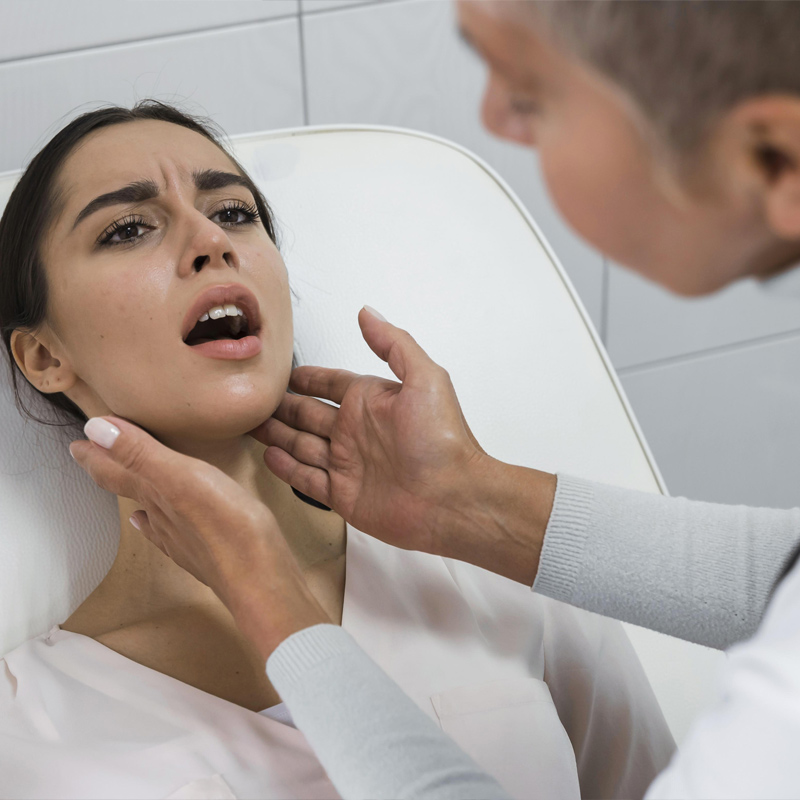
Stress and bruxism (jaw clenching/grinding) management
- Relaxation techniques: Breathing exercises, mindfulness practices, and progressive muscle relaxation lower overall muscle tone and help retrain the jaw to stay relaxed.
- Awareness training: Patients can learn to notice when they are clenching during the day and consciously release tension. Some find it useful to use reminders, such as sticky notes on a screen or setting phone alerts.
- Sleep hygiene: Creating a calming bedtime routine reduces nocturnal grinding. This may include limiting caffeine, avoiding screens late at night, and practising guided relaxation before sleep.
- Dental support: A custom night guard provided by a dentist can protect teeth from damage, though it does not address the muscular or postural imbalances driving the clenching.
- Osteopathic treatment: At Key Osteopaths, hands-on therapy helps relax overactive jaw and neck muscles, easing the pressure that stress places on the temporomandibular joint.
Nutrition, hydration, and inflammation control
- Increasing omega-3 rich foods such as salmon, mackerel, chia seeds, and flaxseed.
- Eating a wide range of fruit and vegetables rich in antioxidants that combat oxidative stress.
- Reducing alcohol and caffeine, both of which can dehydrate muscles and increase clenching behaviours.
- Staying well hydrated, as dehydration contributes to muscular tightness and joint stiffness.
Posture, ergonomics, and sleeping positions that help
- Workstation setup: The screen should be at eye level, the chair supportive, and the lower back aligned against the backrest.
- Breaks and movement: Short mobility breaks every 45 minutes to stretch the neck, shoulders, and jaw help prevent static tension build-up.
- Awareness of jaw resting position: The tongue should rest gently on the roof of the mouth, lips closed, and teeth slightly apart. This “freeway space” reduces unnecessary compression of the TMJ.
Anna came highly recommended to me by a friend so I decided to go and see her about a muscle issue in my left arm. Anna was fantastic, she asked… read more all the right questions and gave all the right advice, after treatment I had the best arm workout I’d had in over 5 months with no pain in the morning that I usually would have suffered from. I should have gone to see her sooner ! I’m so happy and grateful for the treatment I have received. A big thank you from me and my left arm ! thanks Anna !!
I can not recommend Anna more…..she has totally helped me sort my lower back after a slipped disc. I now see her regularly just to prevent any further issues with… read more my back. She has worked magic! I have recommended her to many friends and family who have equally been really pleased with her.
TMJ Self-Care at Home: What Actually Works?
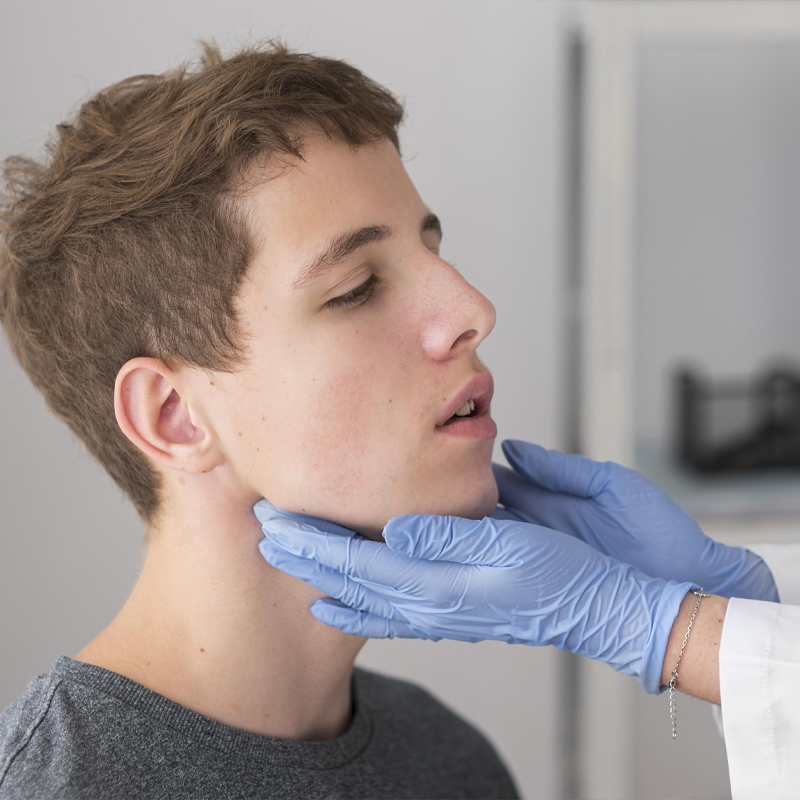
Jaw exercises recommended by our osteopaths
- Controlled opening: Place the tip of your tongue gently against the roof of your mouth just behind the front teeth. Slowly open and close the jaw while keeping the tongue in place. This strengthens stabilising muscles and reduces joint overloading.
- Goldfish partial opening: With one finger on the TMJ and the other on the chin, open the jaw halfway and close again. This improves coordination and decreases strain on the disc.
- Isometric holds: Place your thumb under the chin and apply gentle upward pressure while attempting to open the mouth against resistance. Hold for a few seconds before releasing. This builds controlled muscle strength.
- Lateral movements: Using two fingers on one side of the jaw, apply light pressure while sliding the jaw sideways against resistance. This corrects asymmetry and improves range of motion.
Heat, cold, and massage therapy
- Heat therapy: Applying a warm compress or heat pack to the jaw muscles increases blood flow, reduces stiffness, and relaxes tight fibres in the masseter and temporalis. This is especially useful before jaw exercises, as warmth prepares the muscles for movement.
- Cold therapy: During acute flare-ups where inflammation is high, a cold pack helps reduce swelling and numbs pain. Cold applications should be short (10–15 minutes) and always wrapped in a cloth to protect the skin.
- Massage therapy: Gentle self-massage with the fingertips along the jawline, temples, and side of the face can release tension. Extraoral massage of the masseter and temporalis is particularly effective, while intraoral techniques may be taught by an osteopath for more precise release.
Habits to avoid for lasting improvement
- Chewing gum: Continuous chewing overloads the joint and fatigues the muscles.
- Nail biting and pen chewing: These small repetitive actions strain the jaw more than most people realise.
- Clenching during concentration: Many people press their teeth together when working, driving, or exercising. Awareness training helps break this cycle.
- Resting the jaw incorrectly: Keeping teeth together at rest compresses the TMJ. The correct resting position is teeth slightly apart, tongue against the palate, lips together.
- Chewing only on one side: This creates asymmetry in muscle tone and joint mechanics, increasing the likelihood of flare-ups.
- Poor sleep posture: Stomach sleeping with the head turned to one side can create overnight compression.
When to See a Specialist for TMJ Disorder
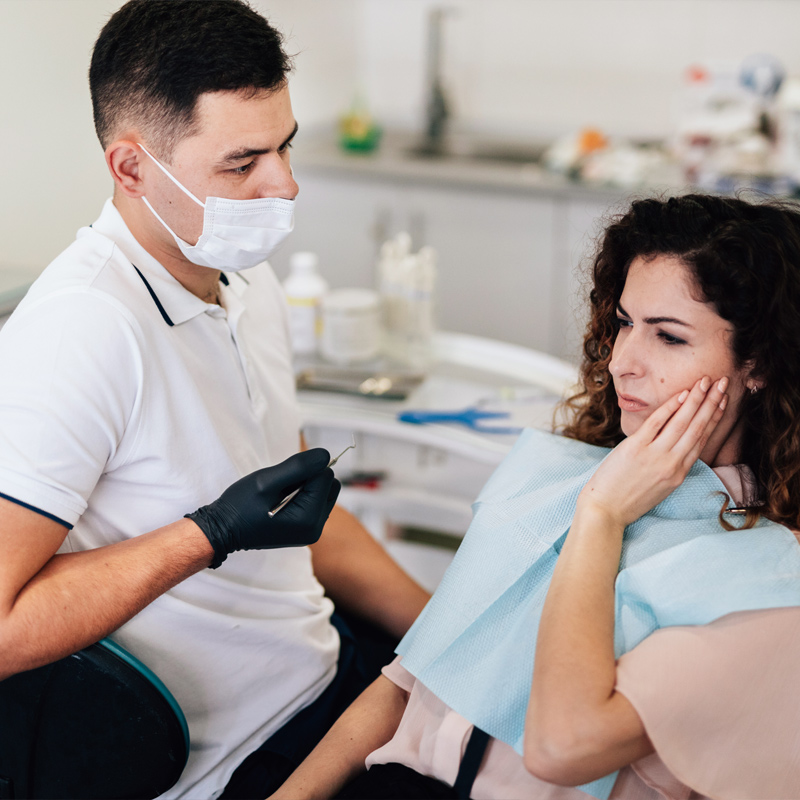
Red-flag symptoms that require professional care
- Persistent or severe jaw pain that does not improve with simple self-care measures.
- Limited range of motion, such as being unable to open the mouth fully or the jaw locking in an open or closed position.
- Jaw deviation, where the mouth consistently shifts to one side when opening or closing.
- Ongoing joint noises like loud clicking, popping, or grinding that are painful or worsening over time.
- Associated headaches, earaches, or facial pain that interfere with daily life.
- Difficulty chewing, biting, or speaking, especially when linked with tenderness in the jaw muscles.
- Signs of dental damage from bruxism, including worn enamel, cracked teeth, or gum recession.
How early intervention prevents long-term damage
What to expect at a Key Osteopaths TMJ consultation
- A detailed case history exploring your symptoms, lifestyle habits, stress levels, and dental background.
- A full physical examination of jaw movement, joint sounds, muscle tone, and the alignment of the head, neck, and shoulders.
- Clear diagnosis and explanation of the mechanisms driving your pain, with time to ask questions and discuss concerns.
- A personalised treatment plan that may include manual therapy, soft tissue release, cranial techniques, posture correction, and a tailored programme of home care advice.
Living With TMJ Does Not Mean Living With Pain
Friendly and professional and most of all…effective! I had a really comprehensive assessment with Francesca who helped with a range of postpartum pelvis and back issues. I was given a… read more variety of different exercises to do at home and after just a couple of weeks I’ve noticed a huge improvement. Thanks Francesca and Anna.
I was seen by Anna initially because I had hurt my neck so badly that I was unable to pick up my baby from the floor. In tears on the… read more phone she managed to get me an appointment that day, and she worked her magic, I could move my neck on the way out and the next day the pain had gone. Since then I have seen her regularly (my choice) as she is so fantastic. Very professional, gentle and lovely. Thank you so much!
